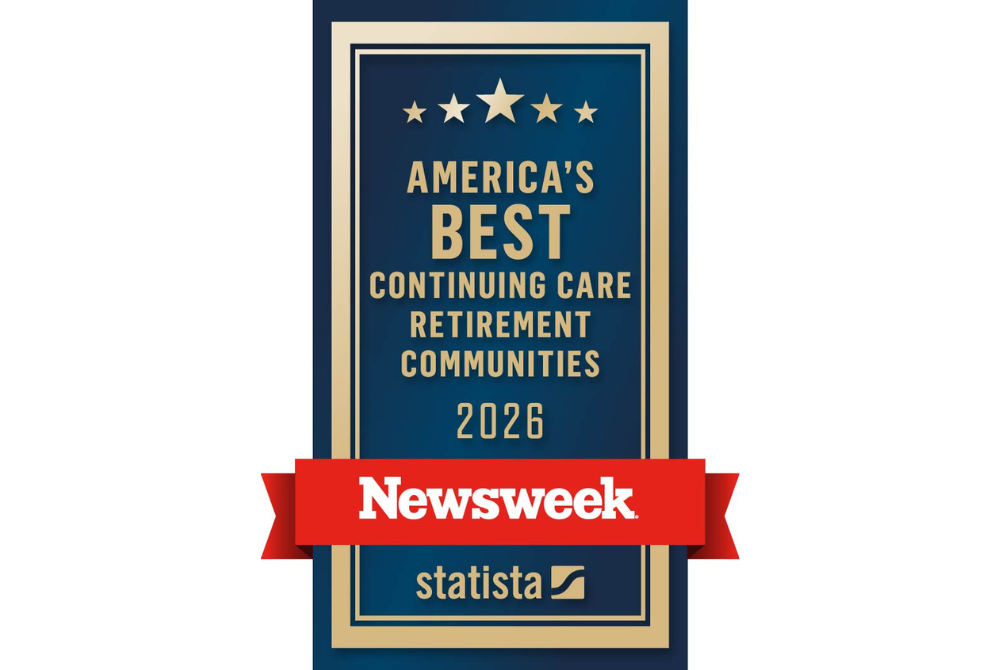Stroke victims typically find it difficult to communicate with family members, caregivers, and others who only have their best interests in mind.
This condition is known as aphasia, an impaired ability to produce or comprehend language, and is commonly caused by damage to areas of the brain that control language. Here are six effective communication tools and strategies that can be used by stroke victims and their caregivers.
Picture dictionaries
Visual dictionaries allow users to complete essential phrases with icons and photos.
“Pointing Pictures,” an easy-to-use reference developed for adults and children with communication disorders, is recommended by the National Aphasia Association. The Oxford Picture Dictionary is another popular option.
Boards
A communication board is a simple tool to help stroke patients communicate with others, especially during the initial stages of recovery.
Much like picture dictionaries, these boards show symbols and images that the stroke victim can point to. They generally present blocks with basic answers, such as yes and no, which can greatly help patients answer simple questions.
Visit aphasia.com to download free, printable communication boards with images of daily activities, conversational phrases, and expressions used to describe pain or discomfort.
Writing surfaces
A small chalkboard or a whiteboard can be used if the patient still has the ability to write words or short sentences. This has the added benefit of practicing dexterity and language skills. You can attach markers, an eraser, and chalk to the board with a string to avoid losing them.
Microphones
In some cases, stroke victims lose the ability to project their voice, which can become a source of frustration and further impede their willingness to communicate.
A wireless microphone can be attached to the person’s shirt collar or placed on a necklace. If the patient is in a wheelchair, the microphone and a small speaker can be attached to one of the armrests. Volume can be adjusted as needed so the patient doesn’t feel as though they are shouting.
Smartphone and tablet apps
There are many apps to choose from, but stroke victims will generally prefer those that are designed for tablets because the screen is wider. Apps that are native to the device (photo editors and notepads, for instance) can be used to create custom messages and images. These can then be added to the home screen so that the patient can point to them instead of typing in the words every time.
The Tavistock Trust for Aphasia, a British non-profit organization, has created a website that lists and categorizes apps that are specifically designed for people with aphasia. Their Aphasia Software Finder is an invaluable resource for caregivers.
Speech-generating devices
Speech-generating devices (SGDs) are medical devices that are specifically designed to allow individuals with severe speech impairments to improve their overall quality of life.
Although SGDs are typically tablet-like units, they are different from mobile apps. SGDs are designed and personalized to address the specific needs of stroke victims and individuals with communication disorders, allowing them to communicate thoughts by electronic voice generation.
The simple tools listed above can become indispensable for stroke survivors with aphasia, allowing them to socialize and communicate with caregivers. If you are assisting a loved one who has recently suffered from a stroke, ask their primary caregiver or speech therapist for help choosing the options that best suit their needs.
Springpoint offers a full continuum of senior care services that includes assisted living or personal care services, skilled nursing and rehabilitation. Contact us to find out more.



